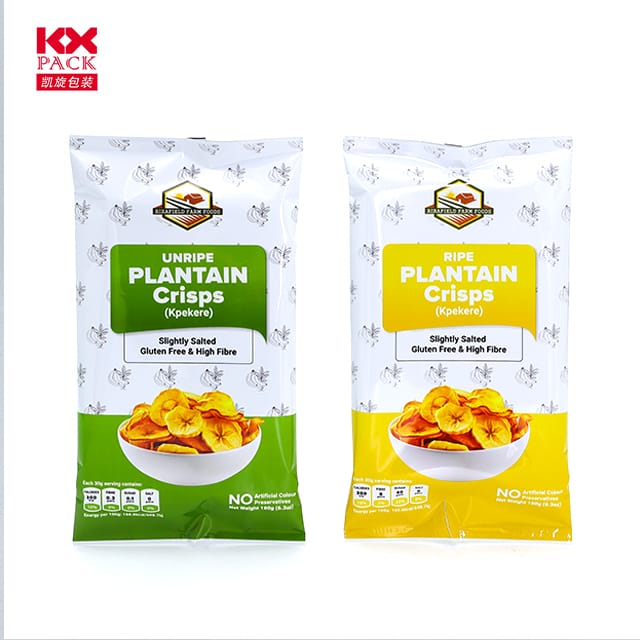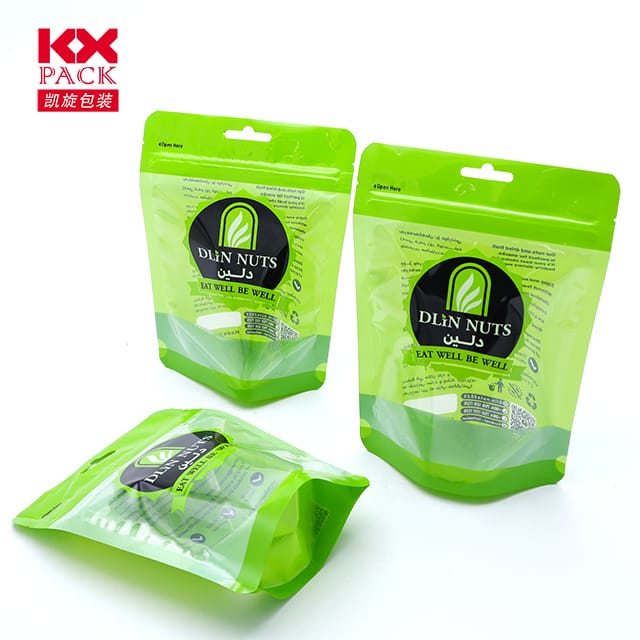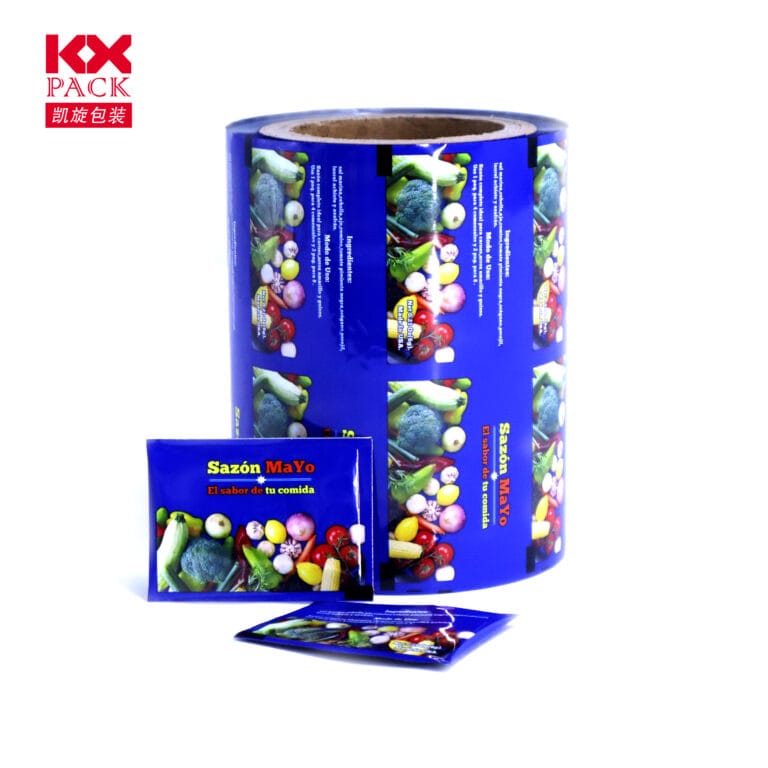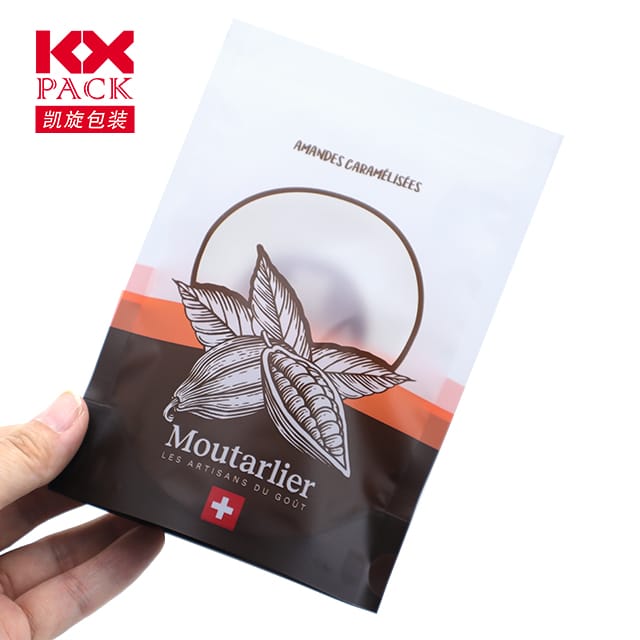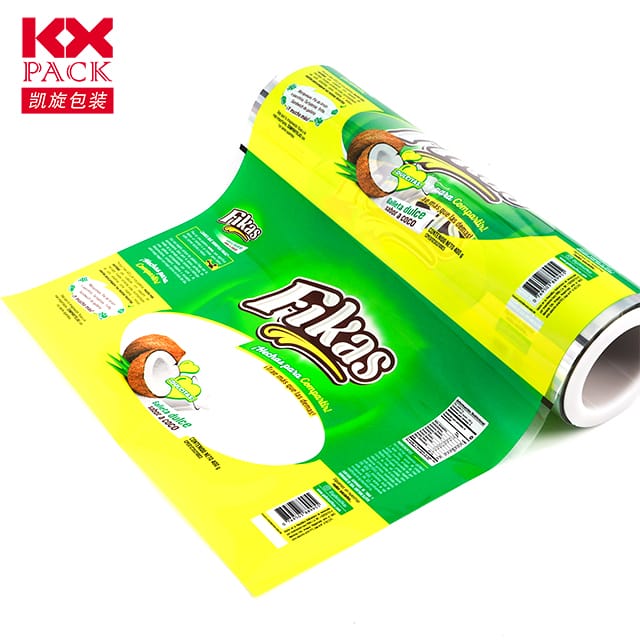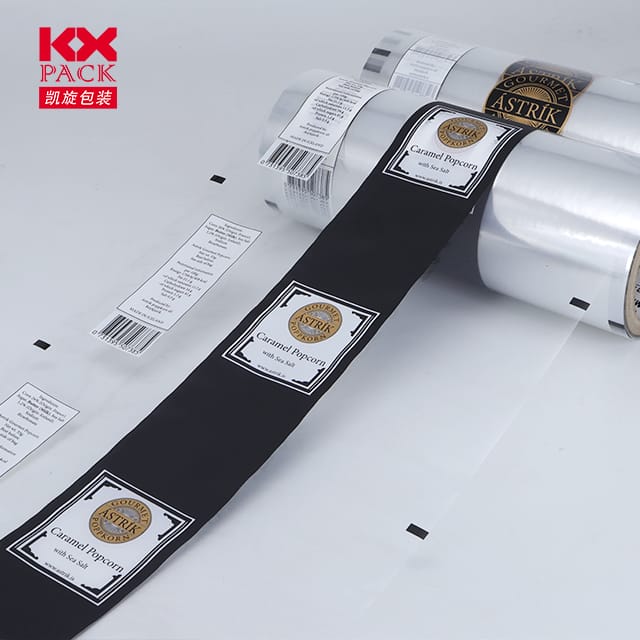Malvolvante la Veron: La Efiko de Manĝaĵo Envolvi Plasta Filmo kaj Daŭrigeblaj Alternativoj(7)
Food Wrapping Plastic Film
In our fast-paced lives, plasta envolvaĵo fariĝis kuireja bazaĵo—glueca, oportuna, kaj ŝajne nemalhavebla. Sed ĉar mediaj zorgoj kreskas, estas tempo rigardi pli proksime al la maldika, travidebla filmo, kiun ni uzas ĉiutage. Ni malvolvu la faktojn pri manĝo-envolvado de plasta filmo, ĝia efiko, and how we can make smarter choices.
What Is Food Wrapping Plastic Film?
Food Wrapping Plastic Film, often called “plasta envolvaĵo” aŭ “cling film,” is typically made from polietileno (PE), a lightweight and flexible plastic polymer. It’s designed to cling tightly to containers, keeping food fresh by blocking air and moisture. While it’s undeniably handy for covering leftovers, envolvantaj sandviĉojn, or storing produce, its convenience comes at a cost.
La media paspago
- Single-Use Plastic Waste
Plastic wrap is a single-use item, meaning it’s used once and discarded. Nur 9% de tutmonda plasta malŝparo is recycled, kaj Food Wrapping Plastic Film is notoriously difficult to recycle due to its thin, stretchy texture. Most ends up in landfills, where it can take centuries to decompose, or worse—pollutes oceans and rivers. - Mikroplasta poluado
As plastic film breaks down, it fragments into microplastics, which infiltrate soil, water, and even the food chain. Studies show humans ingest ĝis 5 Gramoj da microplastaj ĉiusemajne via food and water—a concerning statistic with unknown long-term health impacts. - Karbona Piedsigno
The production of plastic film relies on fossil fuels, contributing to greenhouse gas emissions. Manufacturing just 1 kilogram of polyethylene generates around 2.3 kilograms of CO2.
Is There a Safer Alternative?
Jes! Eco-conscious brands and individuals are pioneering alternatives that balance practicality with sustainability:
- Reusable Wraps
- Vakso de abeloj: Coated in beeswax, jojoba oleo, kaj arborezino, these cloths mold around containers and can be washed and reused for up to a year.
- Silicone Lids: Stretchy, airtight lids that fit over bowls and containers, dishwasher-safe and durable.
- Compostable Films
Made from plant-based materials like cornstarch or potato starch, these films break down in industrial composting facilities. Tamen, they’re not suitable for home composting and require specific conditions to decompose fully. - Glass or Stainless Steel Containers
Ditch single-use plastics entirely with airtight containers that last a lifetime. Pair them with silicone lids or cloth covers for zero-waste storage.
How to Reduce Your Plastic Film Use
- Buy in Bulk: Purchase larger quantities of food to minimize packaging waste.
- Plan Meals: Reduce leftovers by cooking only what you need.
- DIY Alternatives: Make your own beeswax wraps using fabric scraps and beeswax pellets.
- Recycle Right: Check local recycling guidelines—some areas accept clean plastic wrap for recycling.
La estonteco de konservado de manĝaĵoj
Innovation is key. Companies are exploringedible coatings (made from ingredients like chitosan or lactic acid) kajmycelium-based materials (fungal networks that biodegrade naturally). While these solutions are still emerging, consumer demand can drive their adoption.
Your Choice Matters
Every time you reach for plastic wrap, remember: There’s a more sustainable way to protect your food. By opting for reusable or compostable alternatives, you’re not just preserving freshness—you’re helping preserve the planet.
Let’s cling to change, not plastic. 🌍
Has this inspired you to rethink your kitchen habits? Share your favorite eco-friendly food storage hacks below!
Ŝlosilvortoj: food wrapping plastic film, sustainable alternatives, plastic pollution, eco-friendly kitchen, compostable wraps, microplastics, reusable containers

